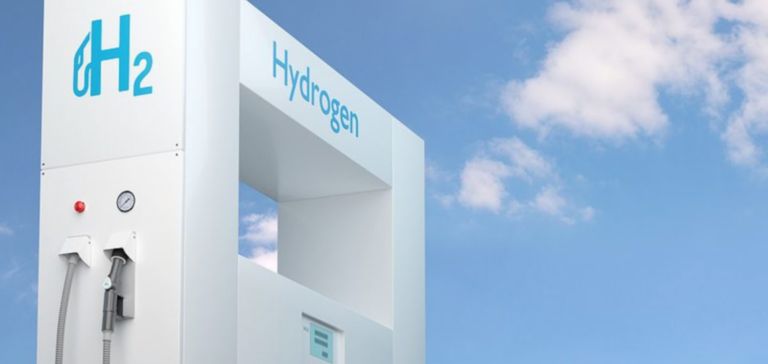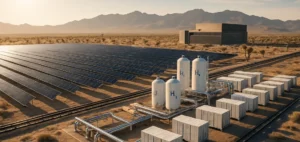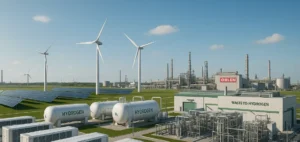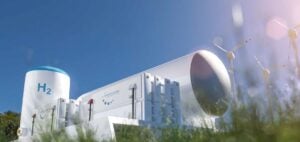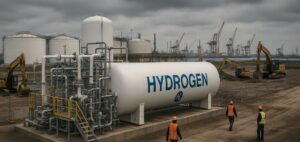Hydrogen, essential to achieving net zero, will also complement electrification and play a role in power generation.
An ambitious goal
Hydrogen will see global demand grow from less than one million tons to more than 200 million by 2050. The cost of producing low-carbon hydrogen will decrease in the next decade. Political support seems necessary to give this production a boost.
The European Union, with REPowerEU and the Inflation Reduction Act (IRA), in the United States, support the industry’s efforts towards net zero. The European plan is based on increasing the renewable energy target to 45% by 2030. By that time, low-carbon hydrogen production will account for 10 million tons.
In this perspective, the objective is to replace the consumption of natural gas, but also oil and coal. Short-term demand opportunities will be based on refining and ammonia. Under this assumption, consumption would only increase to just over 5 million tons.
Financial incentives are needed
Even if industrial projects exist, the technology still needs to evolve, as hydrogen refueling infrastructures are costly. In addition, the performance of electric vehicles remains superior to hydrogen. Other transportation options, such as rail or sea, are more promising.
The European Commission is allocating €41 billion in the REPowerEU plan to switch from fossil fuels to alternatives including hydrogen. 27 billion are available for the deployment of hydrogen infrastructure. Finally, €3 billion are available for a hydrogen bank.
These amounts do not address the challenge of the hydrogen value chain. Political support and financial incentives are essential to bring more hydrogen to market. The 2030 horizon appears too early for the electricity sector to offer an outlet for hydrogen.
The challenges
In the U.S., the Biden administration is establishing incentives for low-carbon hydrogen production. The law reintroduces a 10-year production tax credit for clean hydrogen, starting at the time of commissioning. This tax credit can reach $3/kg.
It encourages pioneers, as hydrogen production technologies still require significant investment. Two-thirds of the projects announced in this framework use electrolysis. Major projects are located in Texas, Louisiana, Mississippi and California.
The U.S. solution is not a one-size-fits-all solution to energy prices and climate change. As with the REPowerEU plan, more details are urgently needed. In addition, the law does not address electricity transmission infrastructure.
Acceleration of the schedule
Clear incentives are needed to achieve the goals. They are also necessary to support the sustainable shift away from Russian energy. Thus, the U.S. incentive requires immediate action to begin building infrastructure.
Both policies will stimulate the growth and adoption of hydrogen. The United States offers clear and generous support. The European Union offers an attractive global objective.
The more than 50 hydrogen projects announced accelerate the timeline for achieving the tax credit. However, the U.S. law must gain bipartisan support for passage in both houses. Expect a multitude of new projects before the end of 2022.

